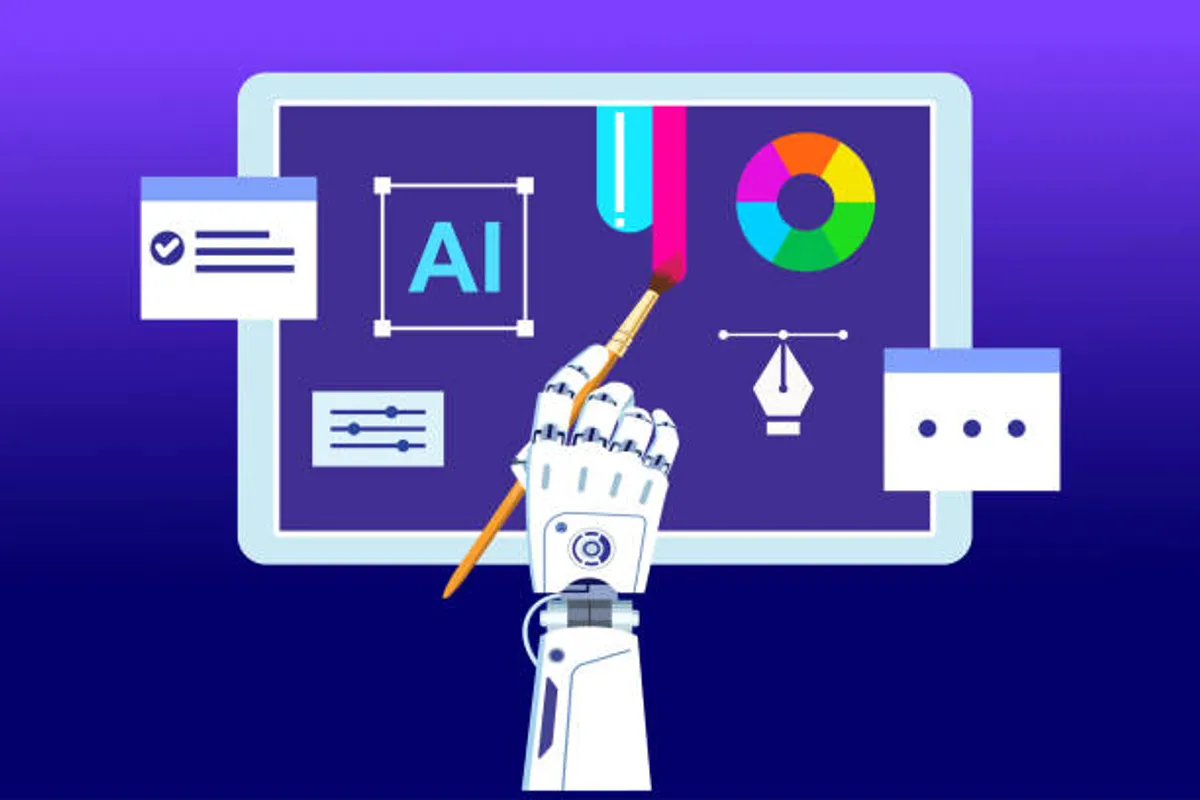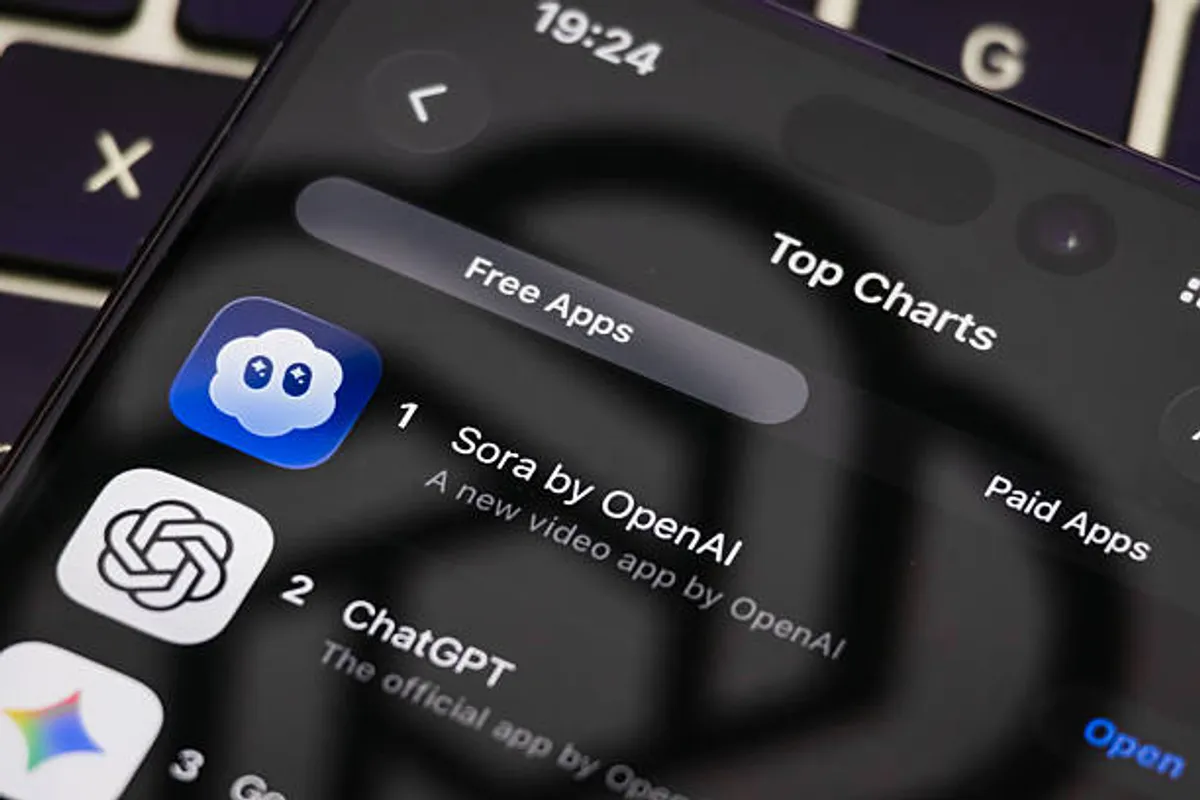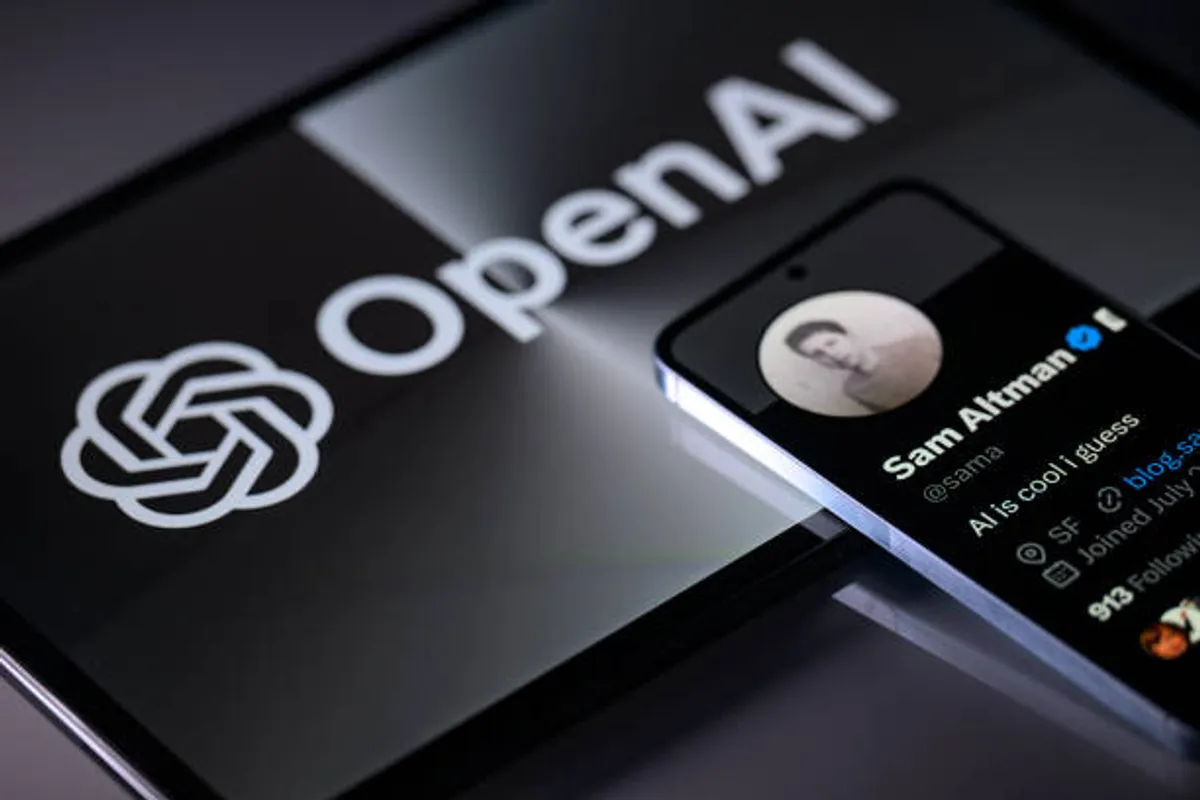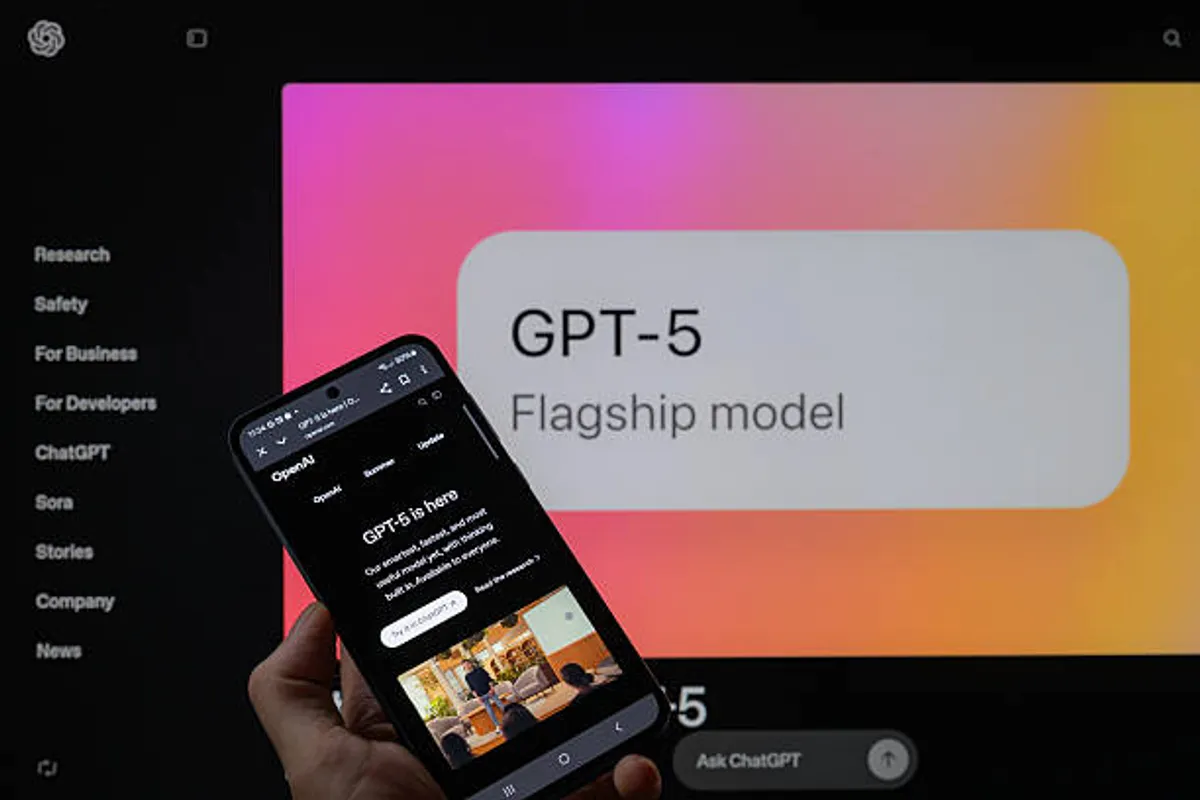
Leverage ChatGPT to Skyrocket Your Business Growth

GeokHub
Contributing Writer
ChatGPT, developed by OpenAI, is a powerful AI tool that can drive business growth by automating tasks, enhancing customer engagement, and providing data-driven insights. Below is a concise guide on how to use ChatGPT effectively to boost your business, tailored for small to medium-sized enterprises (SMEs) looking to streamline operations and scale efficiently.
How to Use ChatGPT for Business Growth
1. Content Creation and Marketing
ChatGPT can generate high-quality, SEO-friendly content to enhance your online presence and attract customers.
- Use Cases:
- Create blog posts, social media captions, and ad copy tailored to your brand voice.
- Generate SEO-optimized keywords, meta tags, and titles to boost search engine rankings.
- Draft email campaigns with compelling headlines and personalized messages.
- Prompt Example:
“Write a 300-word blog post on topic for industry, optimized for SEO with relevant keywords and a professional tone.” - Benefit: Saves time on content creation, increases website traffic, and engages audiences effectively.
2. Customer Service Automation
Integrate ChatGPT into your website or CRM to provide 24/7 customer support, improving satisfaction and loyalty.
- Use Cases:
- Build chatbots to answer common queries, troubleshoot issues, or guide users through purchases.
- Offer multilingual support to cater to diverse customers.
- Personalize responses based on customer data for a tailored experience.
- Prompt Example:
“Create a chatbot script for a business type website that answers FAQs about products/services in English and Spanish.” - Benefit: Reduces response times, cuts customer service costs, and handles high query volumes.
3. Lead Generation and Sales
ChatGPT can streamline lead generation and enhance sales strategies with personalized outreach and data analysis.
- Use Cases:
- Craft persuasive sales scripts, pitch decks, or follow-up emails.
- Qualify leads by engaging website visitors and collecting contact details.
- Analyze customer interactions to identify preferences and pain points.
- Prompt Example:
“Generate a personalized email sequence for potential customers of product/service, focusing on key benefit.” - Benefit: Boosts conversion rates and builds stronger customer relationships.
4. Employee Training and Onboarding
Use ChatGPT to create tailored training materials and streamline onboarding processes.
- Use Cases:
- Develop training manuals, quizzes, or role-specific tutorials.
- Answer employee questions instantly to support learning.
- Summarize company policies or workflows for quick access.
- Prompt Example:
“Outline a 5-day onboarding program for a role at company, including daily tasks and resources.” - Benefit: Reduces onboarding time, improves employee engagement, and enhances knowledge retention.
5. Data Analysis and Reporting
ChatGPT can process data and generate actionable insights to inform strategic decisions.
- Use Cases:
- Summarize financial reports, market trends, or customer feedback.
- Create charts, graphs, or forecasts based on historical data.
- Perform SWOT analyses to identify business strengths and opportunities.
- Prompt Example:
“Analyze dataset/industry trends and provide a concise report with key insights for business goal.” - Benefit: Saves time on data processing and supports data-driven decision-making.
Best Practices for Implementation
- Craft Specific Prompts: Provide detailed context (e.g., industry, audience, goals) for accurate outputs. Example: Instead of “Write a blog post,” use “Write a 500-word blog post for a tech startup targeting young professionals.”
- Verify Outputs: Fact-check AI-generated content, especially for market research or financial data, as ChatGPT may produce generic or inaccurate details without proper context.
- Integrate with Tools: Use platforms like GPTBots or Zapier for seamless integration into websites, CRMs, or spreadsheets.
- Consider ChatGPT Plus/Enterprise: For faster responses, advanced features like GPT-4, and enterprise-grade security, opt for premium plans to handle high-volume tasks.
- Combine with Human Oversight: Use AI outputs as drafts or starting points, refining them to align with your brand and goals.
Limitations to Consider
- Accuracy: ChatGPT may lack nuanced understanding of niche industries or proprietary data, requiring manual validation.
- Generic Outputs: Without specific prompts, responses can be vague; always customize inputs.
- Data Privacy: Avoid inputting sensitive customer or business data, especially with free versions, to ensure compliance with privacy regulations. Use enterprise solutions for secure handling.
Getting Started
- Start Small: Test ChatGPT with simple tasks like drafting emails or brainstorming ideas.
- Train Staff: Educate employees on prompt engineering to maximize AI effectiveness.
- Monitor Results: Track KPIs like response times, conversion rates, or content engagement to measure impact.
- Scale Gradually: Integrate ChatGPT into more complex workflows as you gain confidence in its capabilities.
Final Thoughts
ChatGPT can transform your business by automating repetitive tasks, enhancing customer interactions, and providing actionable insights. By using precise prompts and integrating with existing systems, SMEs can save time, cut costs, and drive growth. Start experimenting with these use cases today to stay ahead in a competitive market. Note: Always validate AI outputs and adapt them to your specific needs for optimal results.








